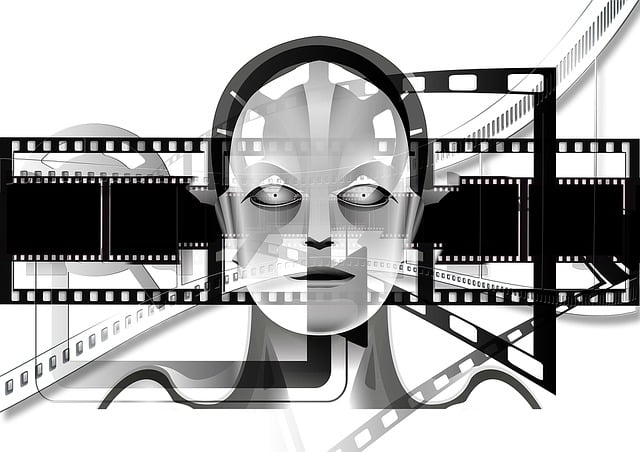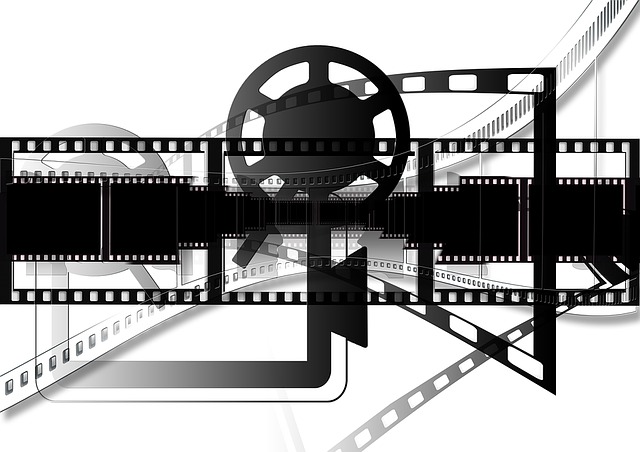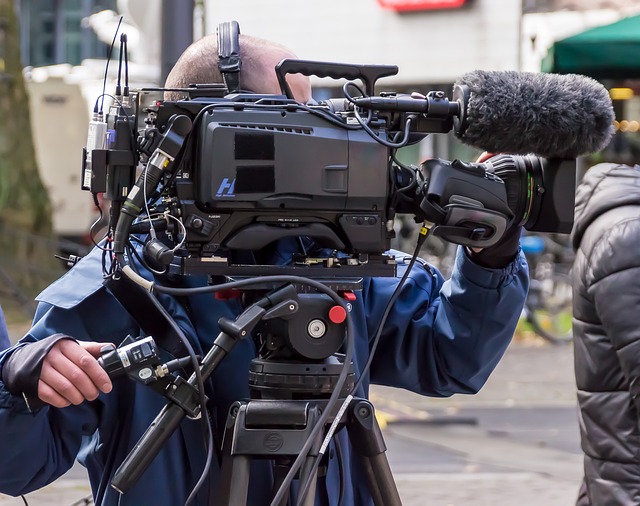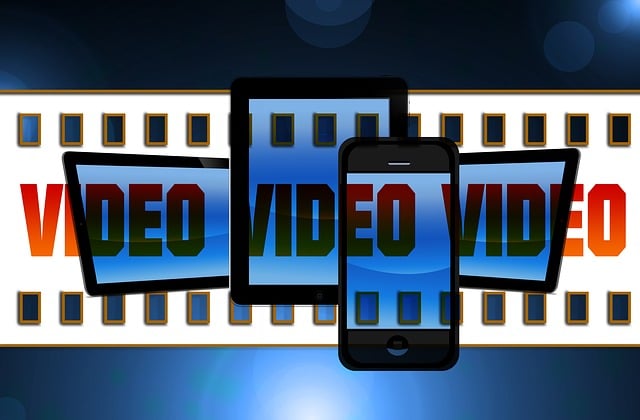
In independent cinema, filmmakers utilize powerful visual tools like shot types and camera angles to control narrative flow, evoke emotions, and create a unique aesthetic distinct from mainstream films. Sound design and editing are key in enhancing storytelling, while lighting manipulates mood and atmosphere. Indie filmmakers can captivate audiences by challenging conventions through innovative techniques, including framing, dialogue, and authentic conversations, aiming for global box office success.
“Unleash your creativity with these essential filmmaking techniques tailored for indie filmmakers. From mastering shot types and camera angles to crafting impactful sound design and editing, this guide equips you to create captivating cinematic experiences. Learn how lighting techniques can shape mood and atmosphere, and discover the power of storytelling through visuals and dialogue. Elevate your film art with actionable insights designed to enhance your unique narrative.”
- Mastering Shot Types and Camera Angles
- Sound Design and Editing for Impact
- Lighting Techniques for Mood and Atmosphere
- Storytelling Through Visuals and Dialogue
Mastering Shot Types and Camera Angles
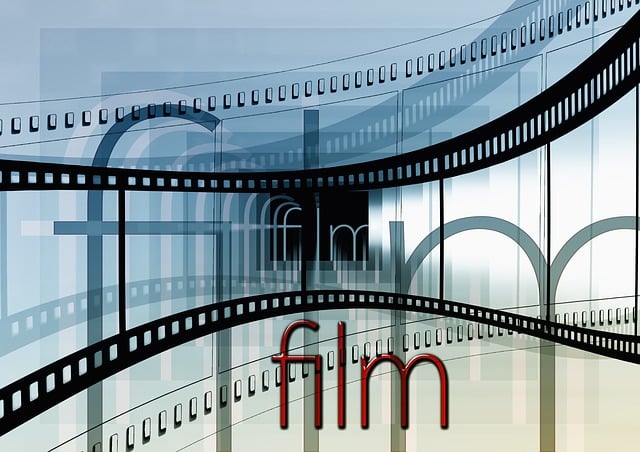
In the realm of independent cinema, understanding shot types and camera angles is akin to wielding a powerful toolset. These techniques, honed through years of film studies and practice, can elevate a film from good to exceptional. By manipulating framing, perspective, and movement, filmmakers can control the narrative flow, emphasizing certain aspects while drawing attention away from others, thereby guiding the viewer’s eye and emotional engagement.
Experimenting with low-angle shots can add a sense of power or vulnerability, depending on the subject, while high angles offer a broader view, often used to showcase settings or establish a character’s insignificance in a vast world. Mastery of these techniques allows indie filmmakers to create a unique visual language that resonates with audiences and sets their film apart from the global box office records. Visit us at marketing strategies anytime for more insights into enhancing your filmmaking workshops and exploring rhythm and pace in storytelling.
Sound Design and Editing for Impact
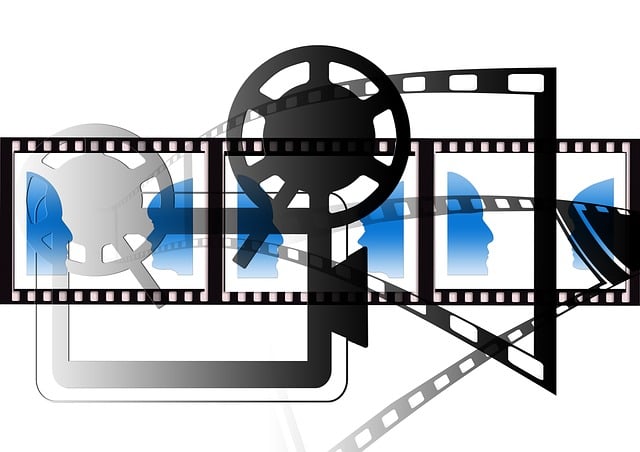
In the realm of filmmaking, sound design and editing are powerful tools that can elevate a film from good to exceptional. It’s not just about capturing dialogue; it’s about crafting an immersive experience for the audience. Effective sound design enhances visual storytelling by adding layers of depth and emotion. From the subtle rustle of leaves to the thunderous roar of action, these elements draw viewers into the narrative, increasing audience engagement.
Mentorship programs within film production communities often emphasize the art of editing as a critical phase in shaping a film. Skilled editors can manipulate pacing, create tension, and guide the emotional journey of the audience. By seamlessly integrating sound effects and music, they enhance the overall impact, ensuring that each scene resonates with viewers on a deeper level. Discover more about these techniques at global film movements film production.
Lighting Techniques for Mood and Atmosphere
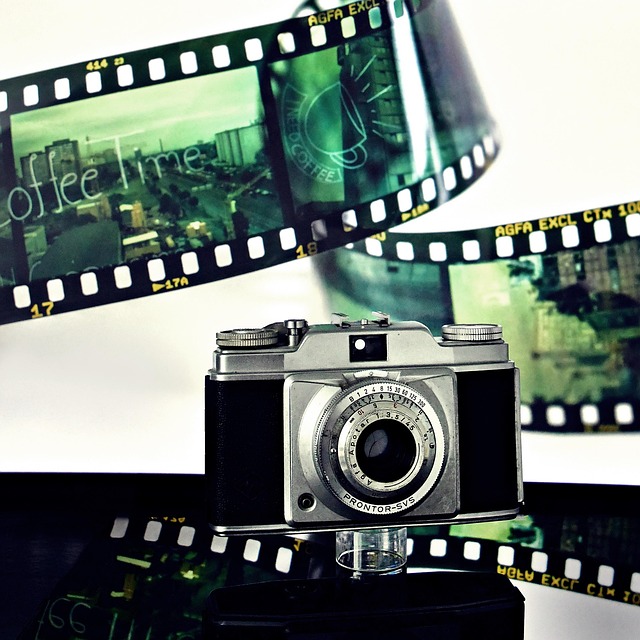
Lighting plays a pivotal role in shaping the mood and atmosphere of any film, and indie filmmakers can use this powerful tool to enhance their storytelling. Techniques like low-key lighting, where minimal light sources create dramatic shadows, can transform a scene into something mysterious and intense. In contrast, high-key lighting with multiple soft sources produces a bright, cheerful ambiance, ideal for lighter-hearted narratives. Understanding how to manipulate light—its intensity, direction, and color—allows filmmakers to convey emotions effectively, from the subtle hint of dread in a dimly lit room to the warm, inviting glow that envelops a cozy scene.
Experimenting with these lighting techniques can elevate an indie film’s visual appeal and engage viewers on a deeper level. By considering how light interacts with sets, actors, and props, filmmakers can create cinematic metaphors and enhance the overall sound design fundamentals without relying solely on post-production effects. Remember, the right lighting can make or break a scene, so take a dive into these techniques to unlock the full potential of your stories. Visit us at Fan Theories Cinematic Metaphors anytime for more insights.
Storytelling Through Visuals and Dialogue
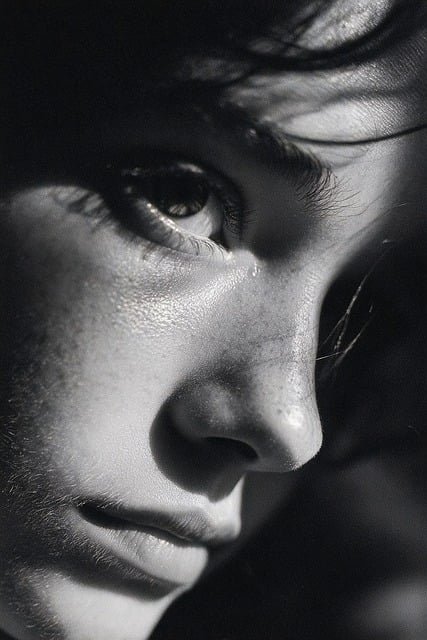
Storytelling is a cornerstone of any film, and indie filmmakers have the unique opportunity to craft narratives that challenge conventions and captivate audiences in innovative ways. In the realm of filmmaking, visuals and dialogue are powerful tools that intertwine to paint a compelling story. Visually, directors can employ shots, angles, and framing to evoke emotions and convey information subtley. A well-composed frame can tell a character’s inner turmoil or highlight the beauty of a setting, enhancing the viewer’s engagement.
Dialogue, on the other hand, breathes life into characters and drives the narrative forward. Well-crafted dialogue reveals character motivations, advances plot points, and provides insights into themes. Indie filmmakers should focus on authentic conversations that reflect real-life interactions. Through thoughtful visual storytelling and impactful dialogue, makers can create a film that resonates with audiences long after the credits roll. Exploring these techniques in academic essays and learning from successful films displayed at online film platforms and prestigious film festivals can empower indie filmmakers to elevate their craft, ultimately aiming for global box office records in their respective film studies major.
Indie filmmakers, armed with creativity and passion, can master the art of storytelling through diverse filmmaking techniques. By understanding shot types, camera angles, sound design, lighting, and the power of visuals and dialogue, they can create captivating films that resonate with audiences. Embracing these techniques allows indie filmmakers to stand out in the competitive world of cinema, proving that quality storytelling is within reach for all.
